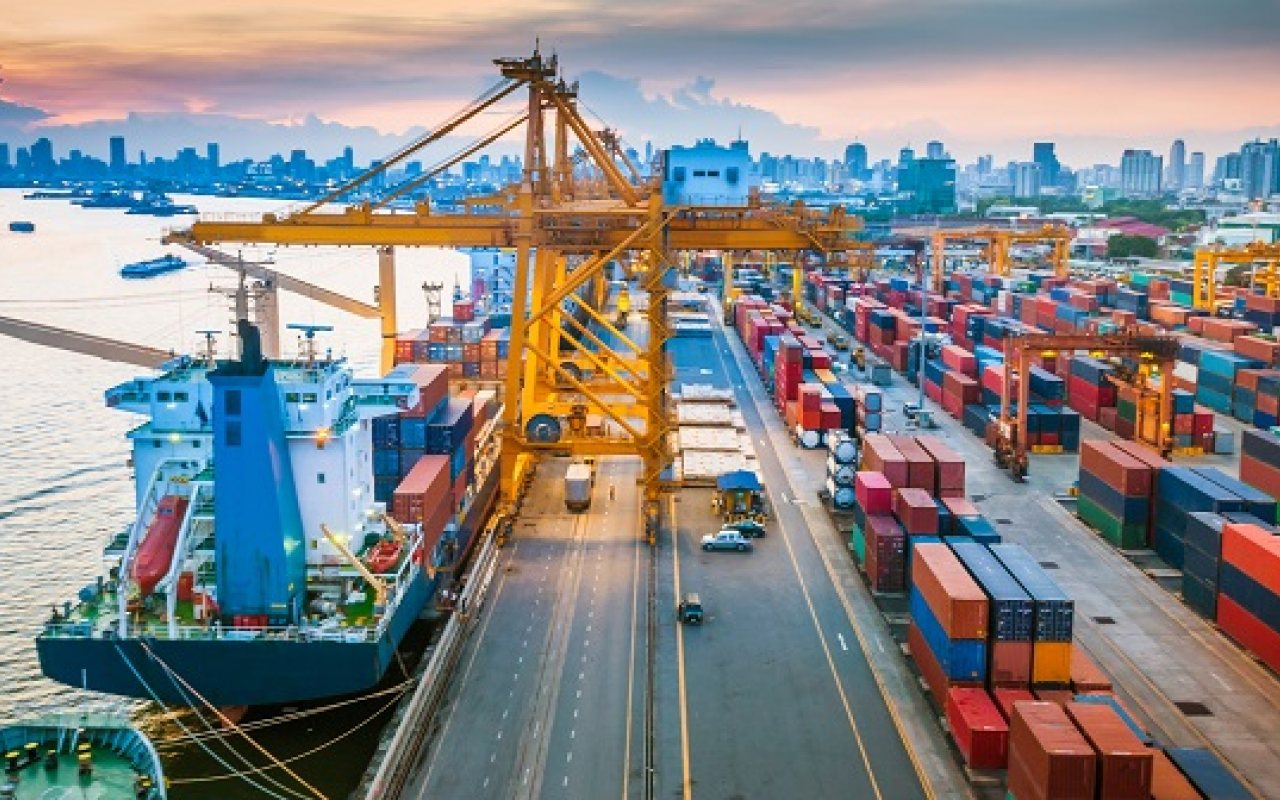
08 Dec Cargo Owners Bearing the Costs of Current Container Congestion
According to Drewry’s report, cargo owners bear much of the cost burden of the ongoing congestion crisis impacting several container ports across the world – including company losses and additional costs – with ports themselves unlikely to experience major long-term repercussions.
Ankush Kathuria, Drewry Maritime Financial Research’s lead analyst, highlighted that shippers “generally bear the burden of supply chain inefficiencies,” adding that when they are conscious of inefficiency, they are better equipped. “But for disruptive inefficiencies – such as COVID-19 – shippers must also bear indirect costs, such as loss of business due to late delivery and increased stock holding,” triggered by longer or less stable lead times.
In addition to container shipping lines, these indirect costs pass on the cost of delays to shippers by applying a congestion surcharge to freight rates, while ports and haulers pass on costs in the form of higher demurrage and storage costs, he says.
As for the causes, he suggests that there is a complex set of interconnected explanations, while each industry segment has its own cause rationale or clarification.
“Shippers contest that the recent shipping industry restructuring has given unwarranted control to the three major shipping alliances, which practically dominate 85% of the market share. Their respective capacity management efforts led to the recent increase in container freight prices, which stirred regulators in many countries to watch the situation closely,” Kathuria noted.
The US Federal Maritime Commission (FMC) has recently strengthened oversight of shipping alliances, forcing them to provide carrier-specific trade data monthly rather than quarterly. This comes in combination with regulators in South Korea and China, “who already keep an eagle eye on the situation,” Kathuria stressed.
However, shipping lines say that a variety of factors have been involved, including rerouting or canceling port calls, contributing to increased time to complete the round trip – partially due to quarantine measures opted for by various ports worldwide. And though the technique of positioning containers based on historical trends and future projections across ports works in the normal course,” Kathuria noted.
“Ports, on the other hand, say that volumes unexpectedly picked up with easing lockdown measures and do their best to deal with the situation. Although assuming it to be a short-term occurrence and expecting normalcy to return quickly, some ports have chosen to raise their workforce, while others have instituted overtime to resolve the crisis.
“Additionally, the capacity of inland transport and warehousing providers in each market is broadly fixed and therefore cannot easily be ramped-up to meet short-term demand fluctuations.”
Blank sails
What drives congestion?
Drilling deeper into what drives congestion, Kathuria highlighted several factors, including tight capacity control and increased carriers’ blank sailing; unexpected rise in demand; cost management strategies adopted by ports to tackle COVID-19; ripple effect of congestion at nearby ports; and increased health measures to protect against COVID-19 infection.
On the unexpected rise in demand, he noted three main factors, including the sudden spike in container volumes to meet the higher demand following the reopening of economies after lockdowns; the normal pick-up in demand before the holiday season; and the front-loading of orders by importers to protect themselves from any supply chain disruption that the second wave of infection might cause. This latter aspect caused congestion in US ports such as Los Angeles and Long Beach.
“Ports generally have fixed capacity that cannot be changed or modified to meet short-term requirements,” he added.
Kathuria highlighted Felixstowe’s situation in the UK as an example of container ports deploying cost-management measures to save the bottom line from the COVID-19-led downturn in revenue, noting that these strategies resulted in unwarranted consequences until the operating environment improved. In Felixstowe, the decision to let contract workers lower the cost left the port unprepared for a steep recovery in volumes that began in 3Q20 and culminated in the current port congestion.
Impact Ripple
The United Kingdom also offers an example of the “ripple effect of congestion at nearby ports,” with Kathuria noting that the heavy congestion at Felixstowe not only overburdened other ports in the United Kingdom (Southampton), but also ports in Northern Europe (Rotterdam and Zeebrugge) as carriers stopped calling Felixstowe and unloaded containers at nearby ports.”
Meanwhile, he noted that increased health measures to protect against COVID-19 infections were also a factor, highlighting many congested ports in China as the country mandated COVID-19 inspections, primarily to stop the spread of infection.
Colombo congestion was also linked to the resource effect of COVID-19 infections.
More broadly, he identified congestion as a short-term problem with a limited effect on the valuation of the port industry.
He noted: “Supply chains are typically well-orchestrated to transfer products through global networks. Any short-term disruption can lead to bottlenecks, as with today’s port congestion. Port congestion is not new to the industry and was addressed in the past. Since ports are gateways for global trade, any ports bottleneck would ripple through the maritime supply chain.”
In the valuation of port companies, he noted:
“Port congestions aren’t fresh and were addressed in the past. They affect trade in the short term, while different industries will feel their wider impact. Therefore, we assume the current crises are also short-term and should be resolved soon with a limited valuation effect. Drewry’s recent port index uptrend substantiates our argument.”
Recovery of stock values
Indeed, Drewry’s port index shows that by the beginning of 2020, the average stock price of ten port companies covered by Drewry had recovered to nearly 90% of their value.
Kathuria added: “Financial markets are also now enjoying the influx of liquidity injected by central bankers/governments, which is entering various financial assets instead of helping the real economy. We believe that liquidity will continue to help the port company valuations until the vaccines are fully available and governments continue to inject capital into their economies.”

